Diamond Naturals Large Breed Adult Dog Lamb Meal & Rice Formula Dry Dog Food
Proper protein and proper fat levels provide the nutrients needed to sustain a large body while maintaining healthy body condition. Glucosamine and chondroitin help support joints, and omega-6 and omega-3 fatty acids from superfoods help maintain healthy skin and a shiny coat.
Proper protein and proper fat levels provide the nutrients needed to sustain a large body while maintaining healthy body condition. Glucosamine and chondroitin help support joints, and omega-6 and omega-3 fatty acids from superfoods help maintain healthy skin and a shiny coat.
- Pasture-raised lamb protein is an excellent source of quality protein
- Proper nutrient levels needed for large breeds
- Glucosamine and chondroitin for joints
- Omega-6 and omega-3 fatty acids for skin and coat
- Enhanced with superfoods and guaranteed probiotics
Additional information
| Country of Origin | Made in USA |
|---|---|
| Breed Size | Large |
| Flavor | Lamb and Rice |
| Health Features | Hip & Joint Health, Digestion Support, Skin & Coat Health |
| Life Stage | Adult |
| Primary Flavor | Rice, Lamb |
| Special Diets | Probiotics, Omega Fatty Acids |
| Manufacturer Part Number | 1774 |


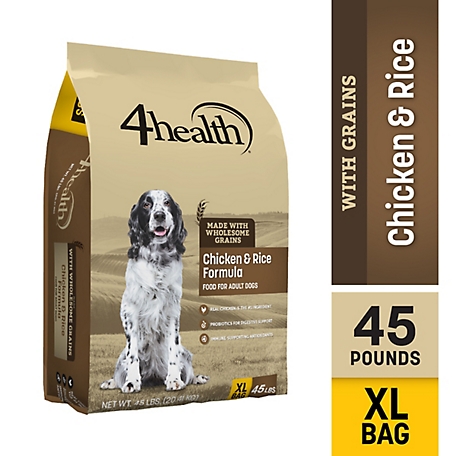
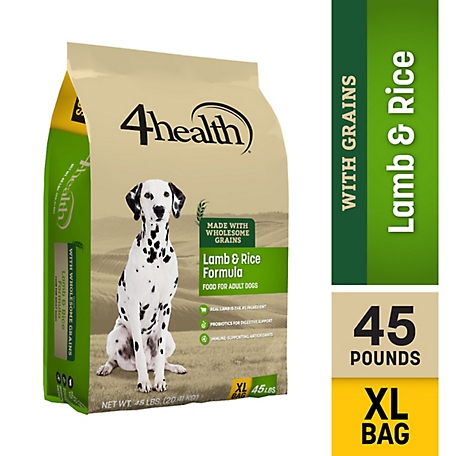
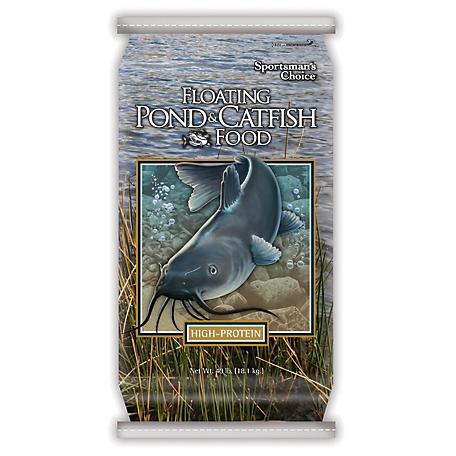
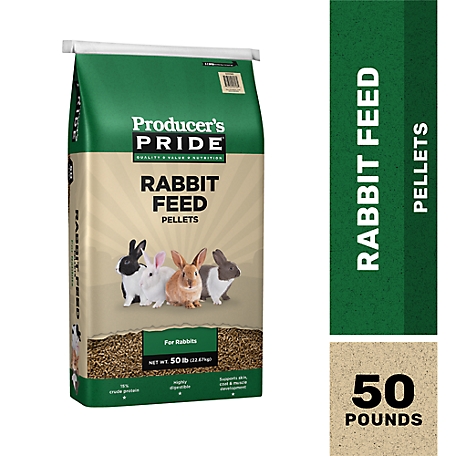

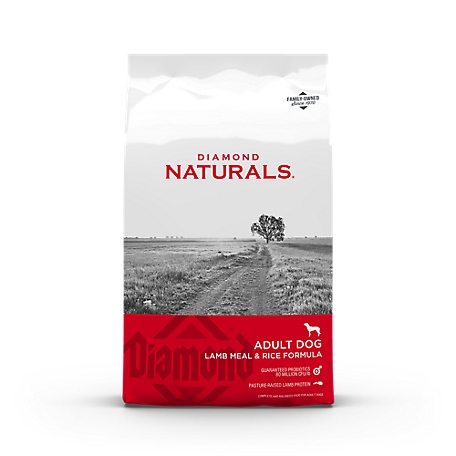



by Bassett
We rescue and this kibble is the perfect blend for all of our dogs. Currently a 172-lb Great Pyrenees, 75-lb lab mix & 75-lb shepherd mix. All our dogs tolerate it well and our vet is pleased with the nutrition. My only wish is that it were pffered in a 50-lb bag!
by Corso
My Cane Corsos love this brand of dog food!
by Gina
My dogs love it…even the picky one. Without training, when I open the gamma container, they all sit and start drooling. It is funnyto watch.
by Phil
Dogs love it! Seems to give them more energy than the old dog food.
by Ginger
Good quality good at a good price. Our dogs love it!